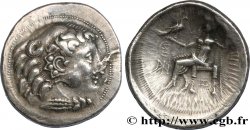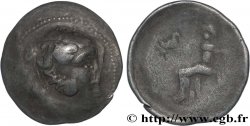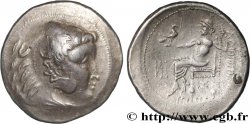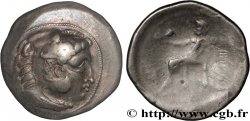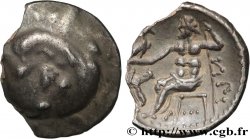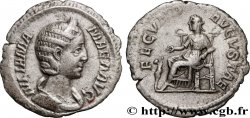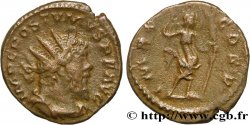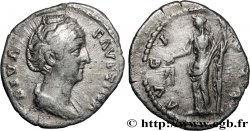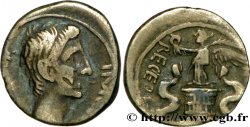bgr_494437 - DANUBIAN CELTS - IMITATIONS OF THE TETRADRACHMS OF ALEXANDER III AND HIS SUCCESSORS Tetradrachme,
Not available.
Item sold on our e-shop (2020)
Price : 750.00 €
Item sold on our e-shop (2020)
Price : 750.00 €
Type : Tetradrachme,
Date: c. IIIe siècle AC.
Mint name / Town : Atelier indéterminé
Metal : silver
Diameter : 28 mm
Orientation dies : 12 h.
Weight : 17,05 g.
Rarity : R2
Coments on the condition:
Exemplaire sur un flan large et ovale, légèrement bombé, parfaitement centré des deux côtés avec les grènetis visibles. Très belle tête d’Héraklès légèrement stylisée de haut relief, bien venu à la frappe. Très joli revers, finement détaillé et stylisé servi par une très jolie patine de médaillier grise avec des reflets mordorés
Predigree :
Cet exemplaire provient de la collection du docteur Thierry de Craeker et de MONNAIES 59, n° 45
Obverse
Obverse legend : ANÉPIGRAPHE.
Obverse description : Tête stylisée d’Héraklès à droite, coiffée de la léonté ; grènetis perlé circulaire.
Reverse
Reverse legend : RESTES DE LÉGENDE, FORMÉ DE LETTRES PERLÉES.
Reverse description : Zeus assis à gauche sur un trône à dossier, tenant un aigle de la main droite et un sceptre long de la main gauche ; monogrammes dans le champ à gauche, une lettre sous le trône.
Reverse legend : BIASILEWS/ FILIPPOU
Reverse translation : (du roi Philippe).
Commentary
Imitation précoce du type de Philippe III avec une épigraphie encore reconnaissable. Ce type n’est pas repris comme prototype dans l’ouvrage de Martin Price consacré au monnayage d’Alexandre III le Grand et de Philippe III Arrhidée.








 Report a mistake
Report a mistake Print the page
Print the page Share my selection
Share my selection Ask a question
Ask a question Consign / sell
Consign / sell
 Full data
Full data